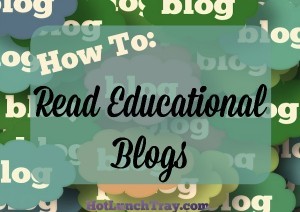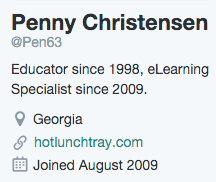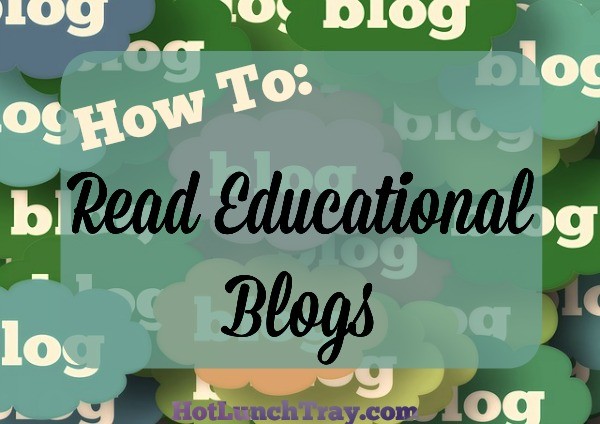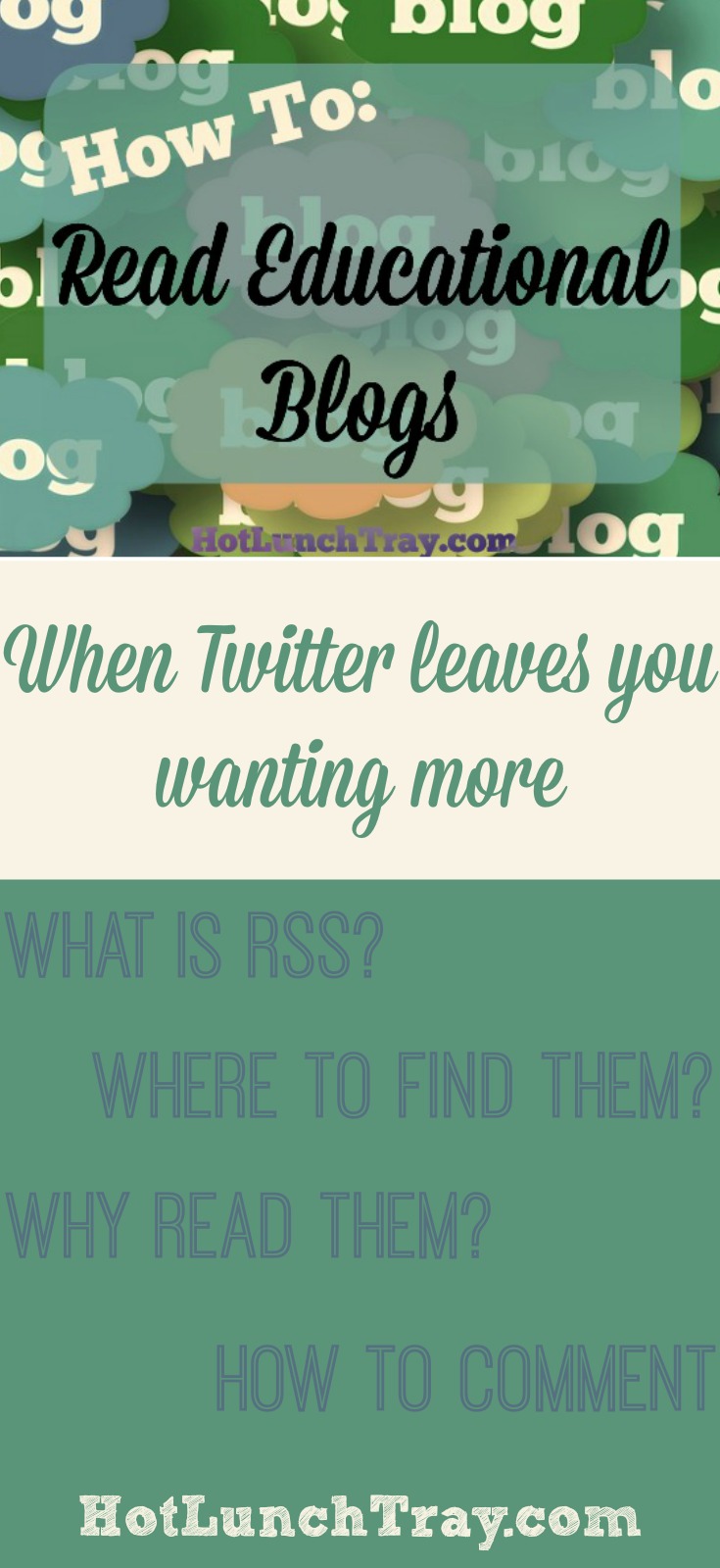How To Read Educational Blogs
Sure, Twitter is a micro-blog, but have you ever found yourself wanting more of a tweet? The educational blogs behind those tweets may be just what you are looking for. Blogs, short for weblogs, are not of limited length and are often the intentional, authentic, self-guided professional development you may be interested in, but not sure where to find.
While frequency and quantity of posts may seem low compared to Twitter, blogs have the depth and content richness that Twitter can only link to – never replicate.

What is RSS?
Really Simple Syndication, or RSS, is a way to share blog content. And that is great news for a reader! Once you find a blog you like you can copy the RSS URL and add it to your RSS aggregator, reader, or feed reader. After the demise of Google Reader many have struggled with an adequate replacement. I am happy with Feedly and would recommend that you sign-up with Feedly and add RSS feeds to Feedly.
Where might I already see Educational Blogs?
Twitter – as you follow someone on Twitter check out their Twitter profile. Profiles often contain blog links. As you follow another on Twitter take the extra time to go to their blog, see if it is maintained and if so copy the RSS URL and paste it to your Feedly account. You can also go back to your favorites in your Twitter feed and check out their profiles for blogs also.
Pinterest – search for blog posts on Pinterest the way you usually search Pinterest. When you find a post you like go to the blog home page and find the blog URL to follow. You can also search PinGroupie for group boards, these are where many people pin to one board. If you find your topic, you are likely to find the types of blogs you want to follow.
Flipboard – this curation site presents collections in a digital magazine perfect for ‘flipping through.’ When using Flipboard have your Feedly app already to go for those blog URLs you find to follow.
Scoop.it – another curation site, I enjoy this best at my desktop, but scoop.it offers a mobile app as well.
StumbleUpon – joining this site, a random web site generator, is always interesting and you can stumble through based on topics and give feedback to narrow your path as well.
eLearning Feeds – more technical for instructional designers, but interesting for educators as well. eLearning feeds offers a list of eLearning blogs which you might find interesting to browse.
How to find Educational Blogs
Teach100 is a daily ranking of educational blogs. It does a good job of serving up the most active and linked to, socially active blogs. This is helpful since many “collections” you might start with have old, abandoned blogs.
As you find blogs which you like, challenge you, and/or are germane to your interests follow them! You could also locate blogs you do like and see how they ‘rank’ and find similar blogs that way.
Why am I Reading Blogs Again?
I provided a brief overview of reading educational blogs to comment on them, working up to writing them yourself. It is increasingly important that everyone understand how to access blogs. As always, evaluation of material is key. However, never before has so much thought been so available. Steven Downes had an early (2004) piece about blogging as personal publishing which might be worth consideration in making sense of blogging. There is a reason one of the first blogging platforms was called Movable Type after Gutenberg’s success. As content surfaces up via Internet searches one might expect publishing in higher education, formal academic publishing, to go the way of the dodo too. While blogs are on the rise, the take over of academia is probably best saved for last – it may be the last shred of the non-democratic elitism higher education. A manner for peer/scholarly review could easily be achieved with help from Amazon, Tumblr, or NetFlix mechanisms. Aside from the highly academic, blogs continue to be a source of recent, novel, and exciting thoughts in the field of education. While frequency and quantity will always be less than Twitter, it still shares the same promise for intentional, authentic, self-guided professional development.







2020-09-15 at 7:18 am
This probably the best, and the most fantastic post I have ever seen, can’t wait to dig deep inside your other blogs.